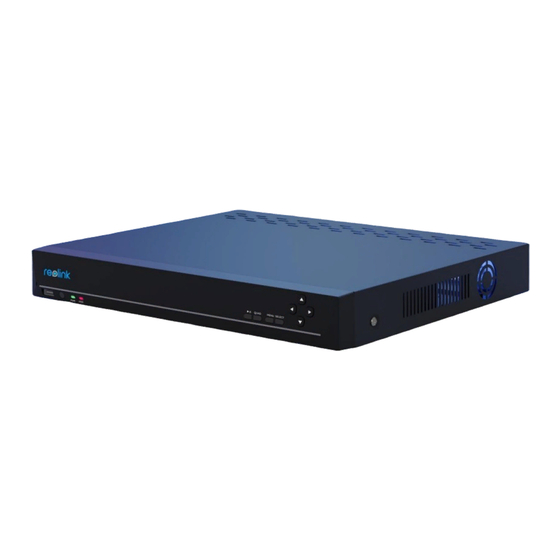
Table of Contents
Advertisement
Unpacking
Thank you for buying the MSI
B360M BAZOOKA/ H370M BAZOOKA
motherboard.
®
Check to make sure your motherboard box contains the following items. If something
is missing, contact your dealer as soon as possible.
Drivers & Utilities
Motherboard User
Disc
Guide
Motherboard
M.2 Screw x1
I/O Shield
SATA Cable x2
1
Unpacking
Advertisement
Table of Contents
Troubleshooting

















Need help?
Do you have a question about the B360M BAZOOKA and is the answer not in the manual?
Questions and answers